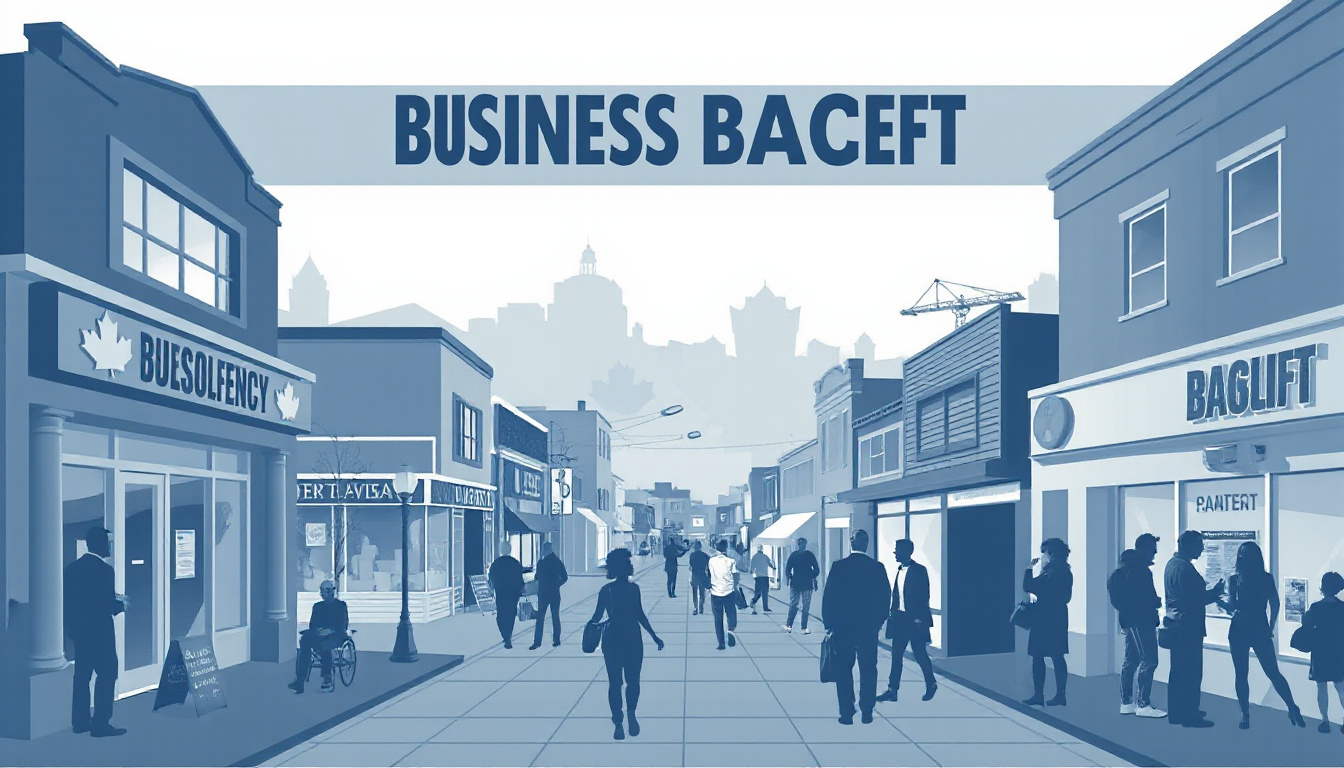In recent years, insolvency rates in Prince Edward Island (PEI) have seen significant fluctuations, prompting a closer look at current PEI insolvency trends. As of 2023, approximately 1 in 200 residents in PEI has declared bankruptcy, a statistic that has raised concerns among economists and policy-makers alike. This figure underscores the seriousness of financial distress affecting many households across the island.
Several factors contribute to the insolvency crisis in PEI, including high living costs, limited job opportunities, and consumer debt levels that continue to strain budgets. The impacts of insolvency are deeply felt within the local economy, affecting everything from consumer spending to employment rates.
As we analyze current trends, it’s crucial to predict how these dynamics will unfold in the coming years. With expert insights and regional data sourced from Statistics Canada and local financial institutions, this article aims to provide a comprehensive overview of PEI’s insolvency landscape and offer informed predictions on future rates.

Key Takeaways
- PEI has seen a notable increase in insolvency filings in recent years.
- Economic factors such as high unemployment and inflation contribute significantly to PEI’s insolvency trends.
- Local businesses are particularly vulnerable to insolvency, affecting overall economic health.
- The impact of insolvency extends beyond businesses, influencing employment and community stability.
- Future predictions indicate potential for rising insolvency rates unless economic conditions improve.
Overview of Current PEI Insolvency Trends
In 2023, the latest data indicates that approximately 1 in every 70 residents of Prince Edward Island (PEI) filed for insolvency, reflecting a growing concern around personal debt management. This translates to an estimated 1,800 insolvency filings across the province, according to the Office of the Superintendent of Bankruptcy Canada. These PEI insolvency trends reveal a substantial increase in filings compared to previous years, highlighting the financial pressures many residents face amid rising living costs and interest rates. Understanding these trends is vital, as they not only impact individual families but also have broader economic implications for the province’s stability and growth.
Factors Contributing to Insolvency in PEI
In recent years, the PEI insolvency trends have shown a concerning rise, particularly due to economic factors exacerbated by the COVID-19 pandemic. In 2022, a notable 1,650 residents in Prince Edward Island filed for insolvency, reflecting a 15% increase from the previous year, as reported by the Office of the Superintendent of Bankruptcy Canada. Key factors contributing to this trend include the rising cost of living, increased debt loads, and the economic impacts of job losses during the pandemic. Moreover, according to a survey conducted by the Canadian Federation of Independent Business (CFIB), 65% of small businesses in PEI reported significant financial strain, often leading to personal insolvencies among their owners. This upward trend emphasizes the importance of financial literacy and early intervention for those struggling with debt in the province.
‘The only thing we learn from history is that we learn nothing from history.’ – Friedrich Hegel

Impact of Insolvency on the Local Economy
In recent years, Prince Edward Island (PEI) has witnessed a notable rise in insolvency rates, with approximately 1,500 insolvencies reported in 2022 alone. This figure represents a 10% increase from the previous year, reflecting a growing trend of financial distress among residents and businesses in the region. Such spikes in insolvency can deeply affect the local economy, leading to decreased consumer spending, increased unemployment, and a slowdown in economic growth. According to the Office of the Superintendent of Bankruptcy Canada, these insolvency trends are significant as they not only impact individual livelihoods but also strain the resources and services available within the province. As financial uncertainties linger, understanding these statistics is imperative for local governments and stakeholders aiming to foster economic stability.
Future Predictions for PEI Insolvency Rates
In 2025, it is predicted that insolvency rates in Prince Edward Island (PEI) will increase by approximately 15%, driven by rising living costs and stagnant wage growth. This forecasted rise in PEI insolvency trends highlights the ongoing financial struggles faced by residents, as economic pressures are exacerbated by inflation and high levels of consumer debt. According to StatCan, consumer insolvencies in Canada increased by
13.5% from 2021 to 2022, and with PEI often mirroring national trends, the projected 15% increase could signal alarm for the local economy. Furthermore, in turn, this may lead to increased reliance on debt relief services, as more individuals and families find themselves unable to meet their financial obligations. By monitoring these trends and recognizing the correlation between economic conditions and insolvency rates, stakeholders can better prepare for the impending challenges.
